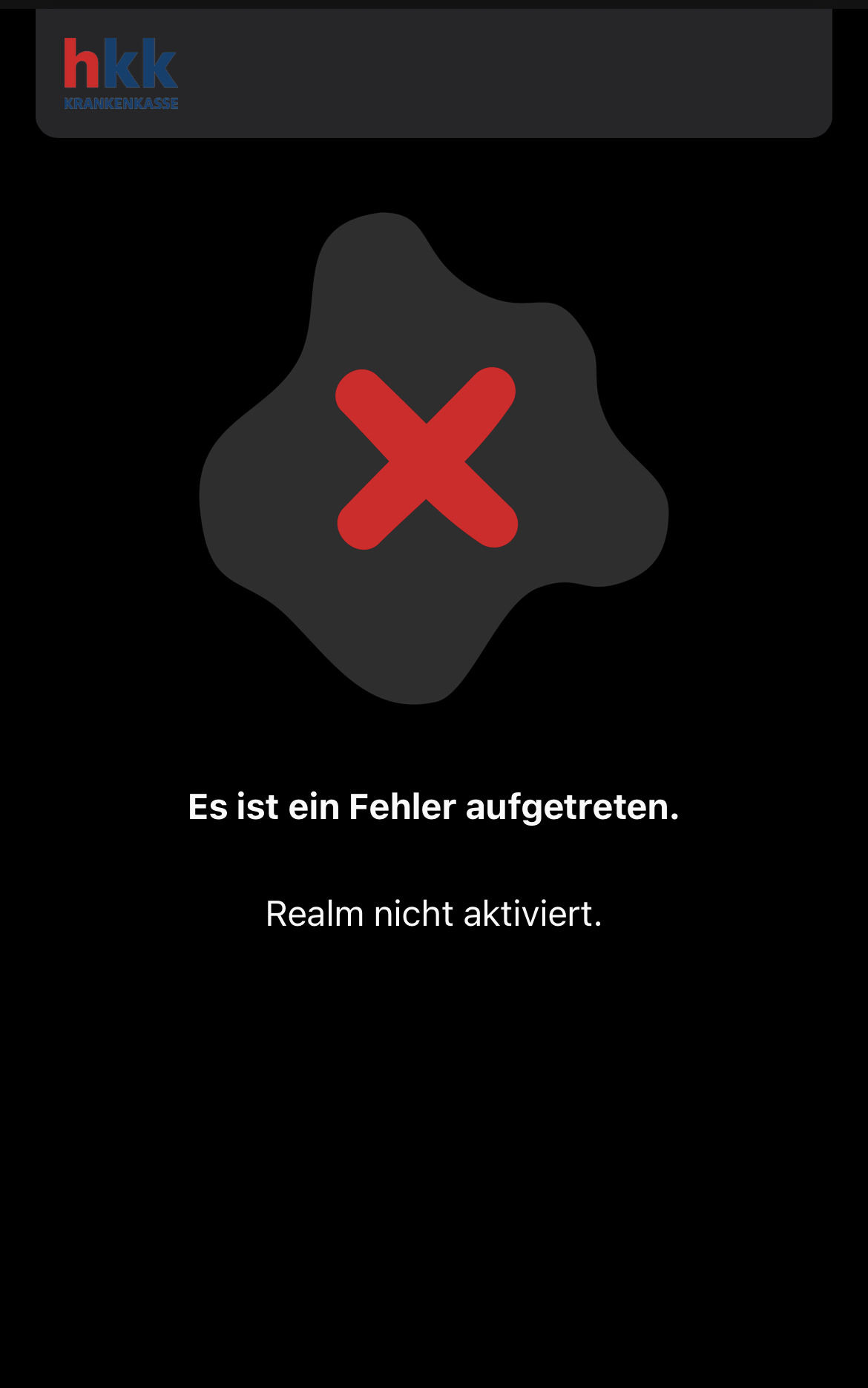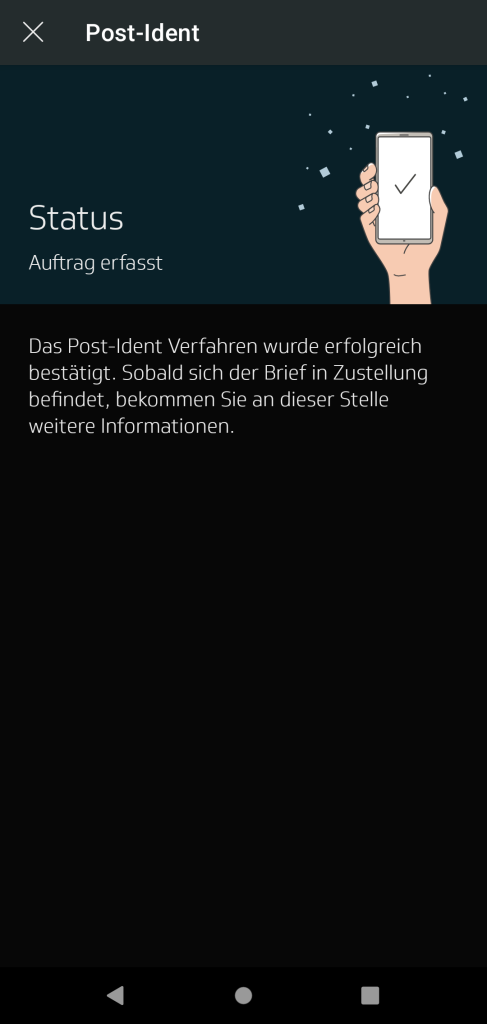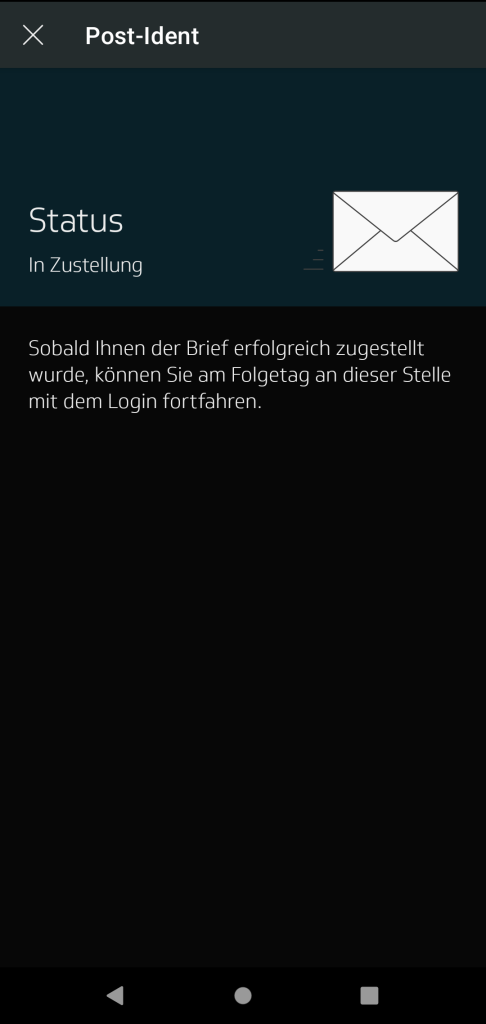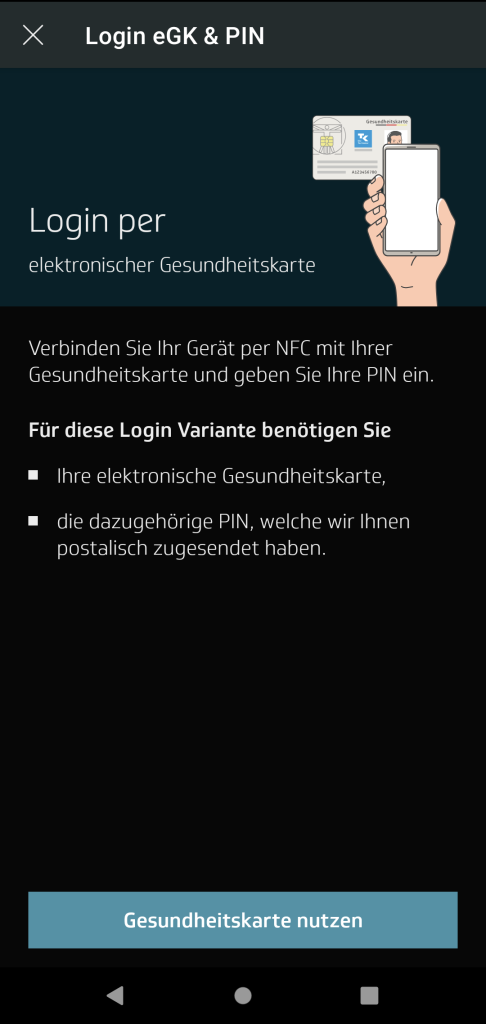Teamname: register
Insights:
The ePA soon being an opt-out option, it will become something almost everyone uses in the near future. Considering the wide use the accompanying apps are intended for, it is a big problem most of them have atrocious reviews. Access to the app and thereby the data in one’s ePA is an integral part in building patients’ trust in the ePA by facilitating transparency. Trust is important to improve adoption of the ePA, as it comes with many benefits to patients, doctors and insurance companies. In our project we will focus on the DAK’s implementation of the ePA. We got quick access to it as it allows verifying identity via Post-Ident, which allows for Online-IDs, instead of verification by letter.
What is the challenge you would like to tackle?
The registration and activation process for the DAK ePA, although possible to complete entirely online, is quite long and not particularly intuitive. The user is sent back and forth between two apps, web apps and eMails. In our project we will focus on simplifying it and making it a more intuitive process, providing a clear flow for the user.
Why do you expect your engagement to be useful?
The registration process is the first contact a user has with the app. If it’s a complicated process, the user might be discouraged from using the app altogether. Making this process simpler will allow more, less technologically literate people to use the app.
Who are the intended stakeholder?
Anyone planning on using the app who has not gone through the registration process yet, as well as those who have interest in a wide adoption of the ePA e.g. Doctors and the DAK, would benefit from improvements in the registration process.
Who contributed what?
We collected insights and answered the question together. Niklas signed up for the DAK ePA, Alfred signed up for the TK ePA.
What have we learnt?
The existing apps for the ePA are mostly quite bad. Documenting privacy focused apps is hard as they don’t allow for screenshots.
What went well?
It was quite easy finding things that can be improved.
What can be improved upon?
Our time management did not leave any time to spare. The team name.
![[A#1, T4] ePA or DiGa?](https://blogs.fu-berlin.de/hci2023/files/2023/05/Screenshot-2023-05-02-at-14.12.54-1200x572.png)



